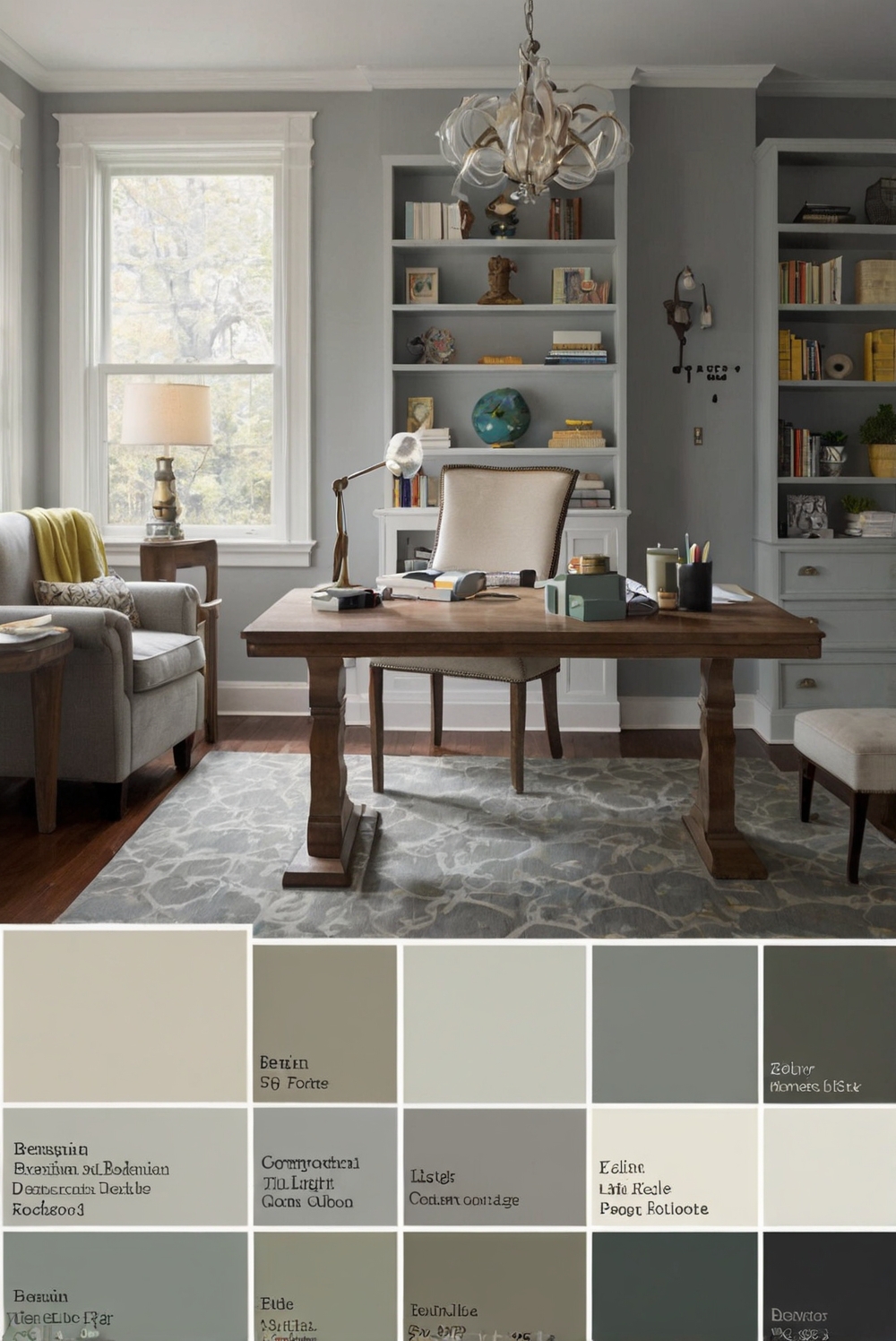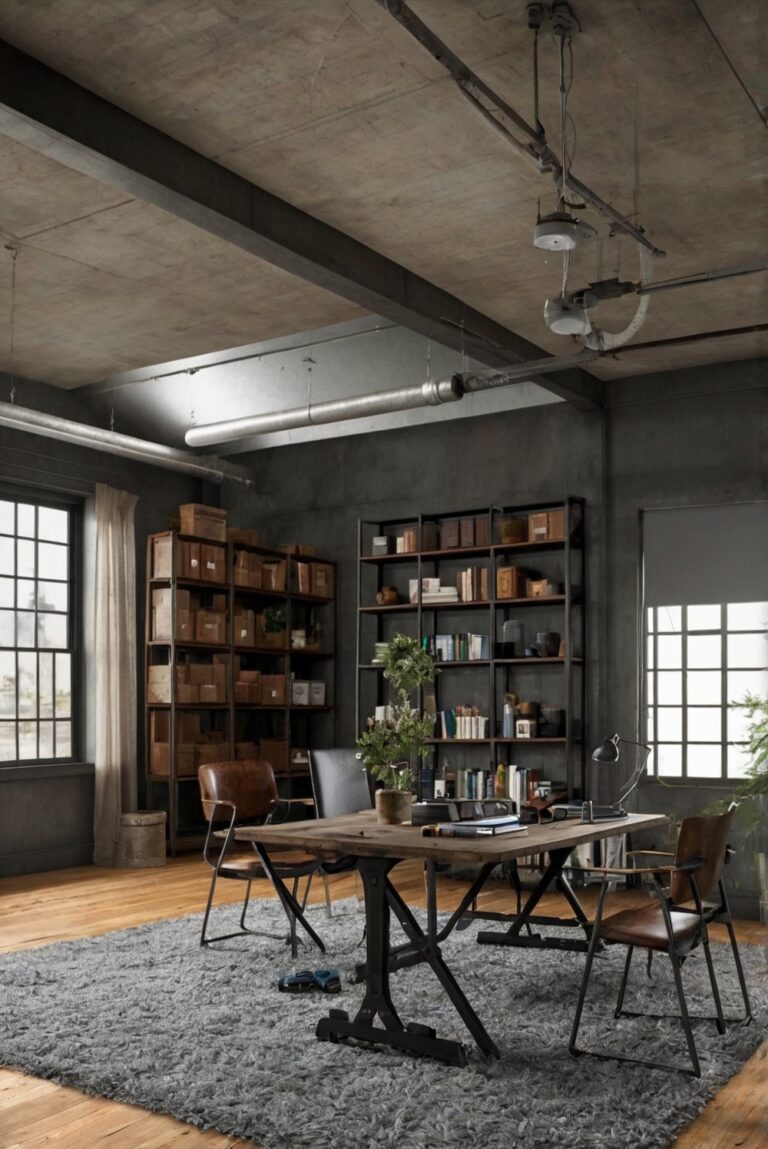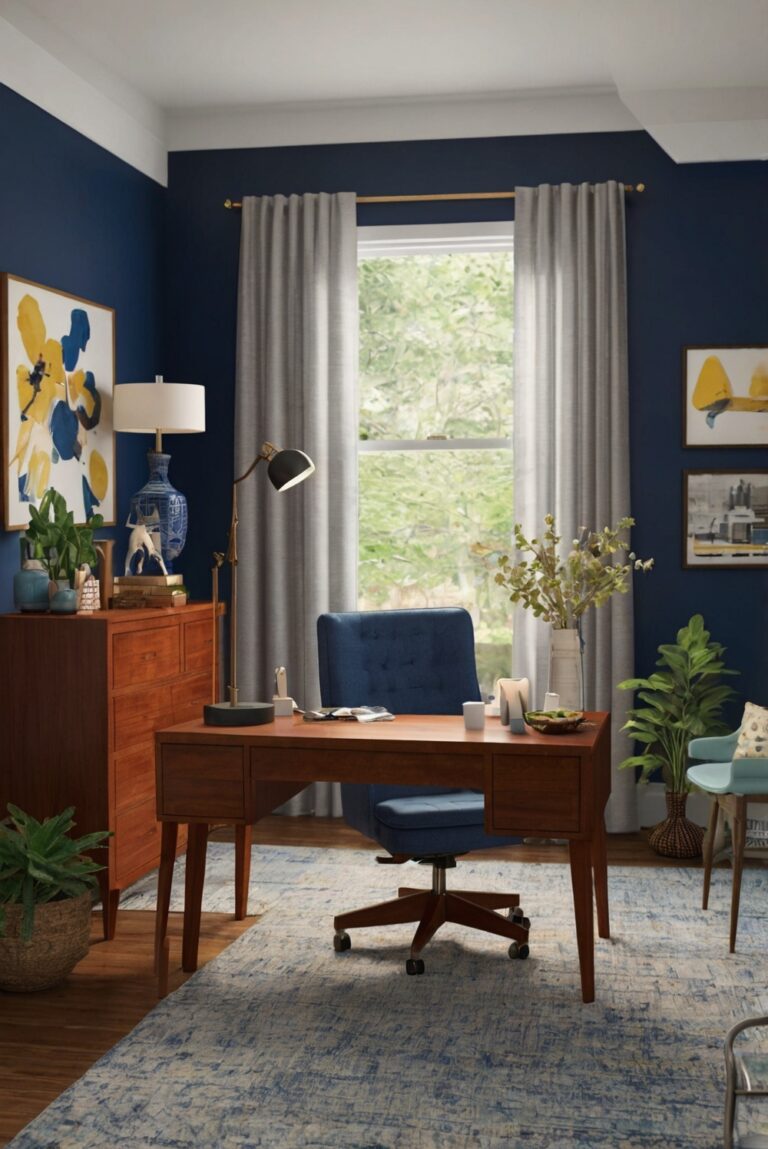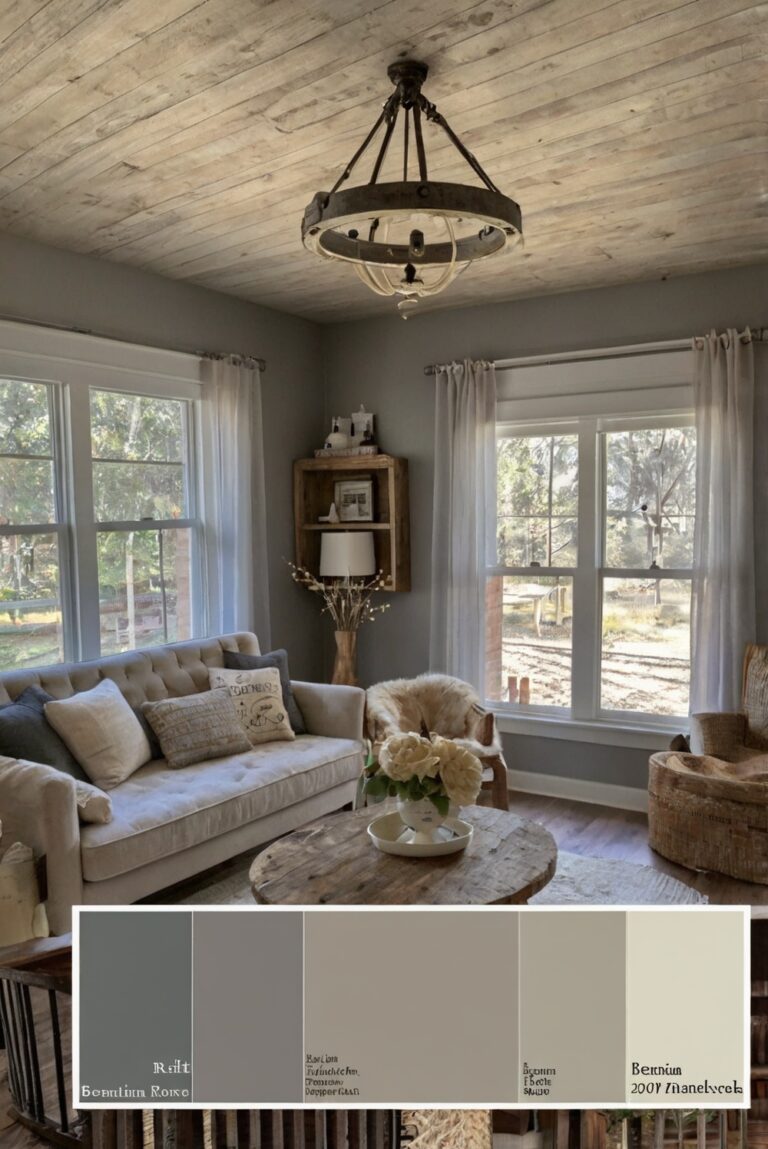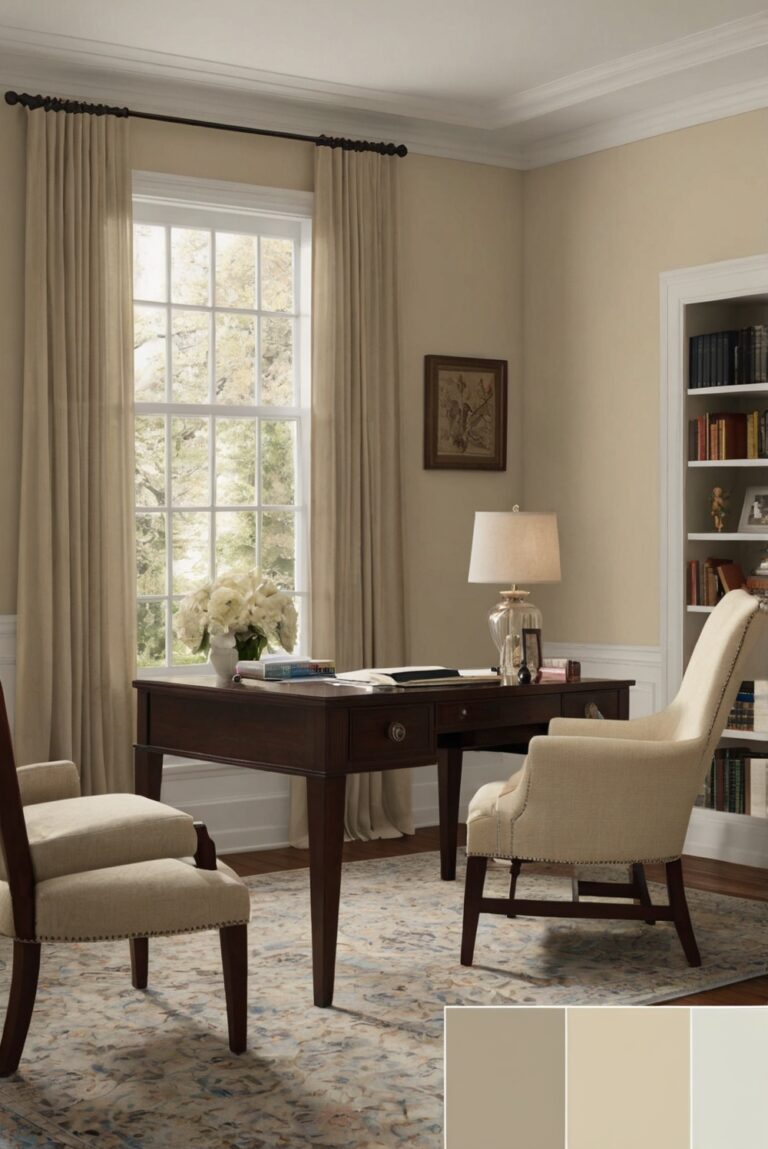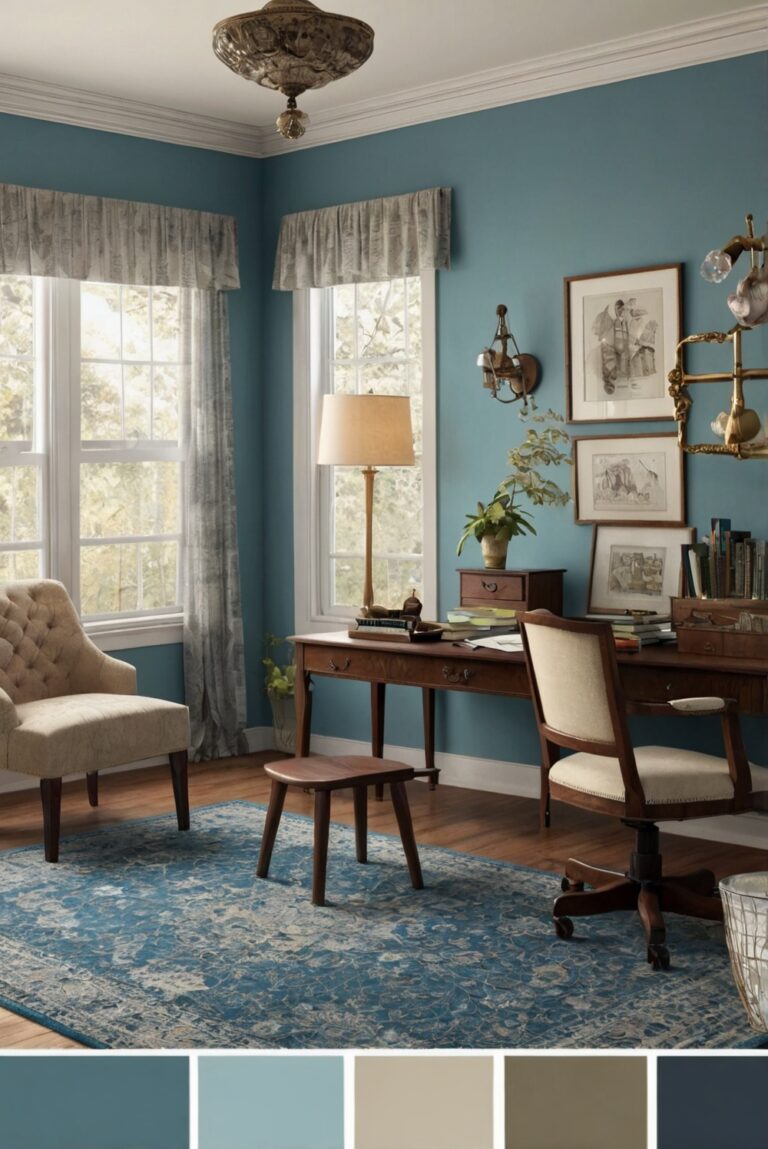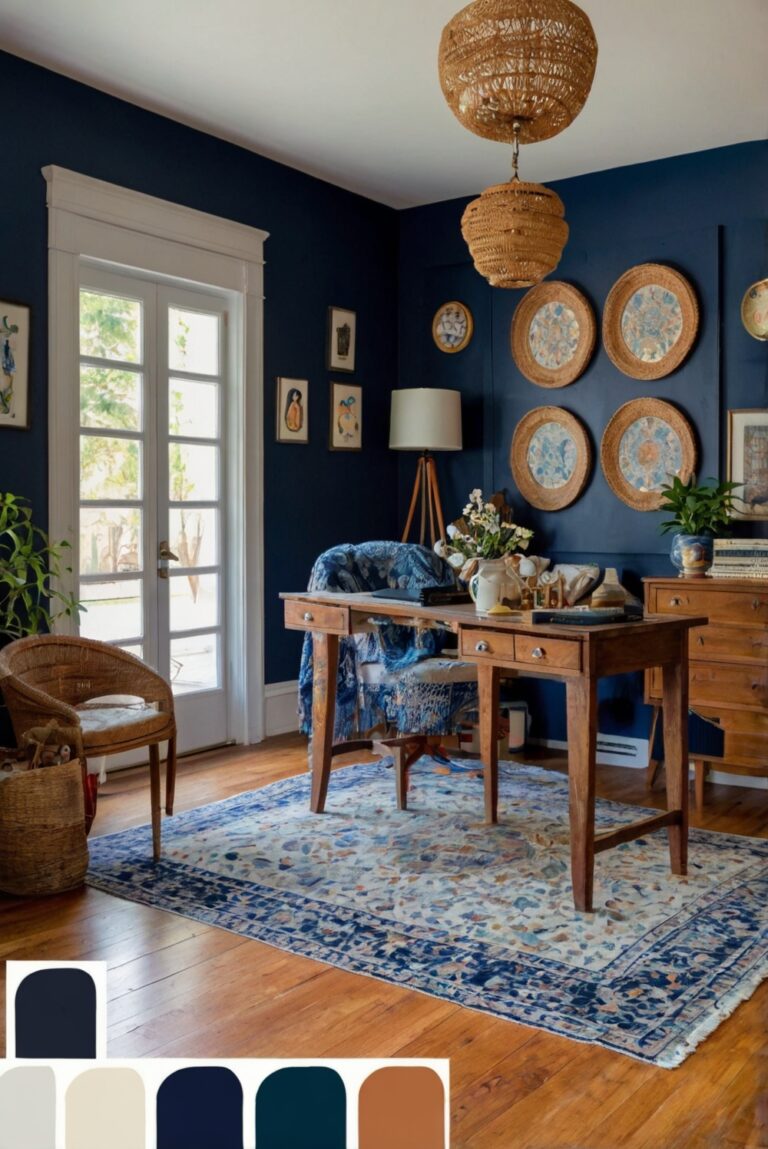Find out how to combat eye strain with smart lighting choices in your home office. Illuminate your space with our daily interior designer routine for optimal productivity and comfort.
How to Reduce Eye Strain with Proper Home Office Lighting?
Find the Right Balance between Natural and Artificial Light:
Ample natural light is beneficial for reducing eye strain. Position your desk near a window to maximize natural light exposure. For artificial lighting, opt for LED lights with adjustable brightness to prevent glare.
Use Task Lighting:
Task lighting, such as desk lamps or under-cabinet lights, directs light exactly where you need it for reading and working. This reduces the overall strain on your eyes, especially during late hours.
Avoid Harsh Glare and Shadows:
Position lights to avoid harsh glare on your computer screen or reflective surfaces. Pay attention to minimizing shadows that can strain your eyes during prolonged use.
Appropriate Color Temperature:
Choose lights with a color temperature around 4000K to 5000K for a bright, natural light feel that’s easy on the eyes. Avoid cool white lights which can cause more strain.
How to Reduce Eye Strain with Proper Home Office Lighting?
Importance of Proper Lighting in Home Office
Proper lighting in a home office is crucial for reducing eye strain and maintaining overall eye health. Insufficient lighting can lead to eye discomfort, headaches, and fatigue, affecting productivity and overall well-being. By ensuring proper lighting, you can create a comfortable and visually optimized workspace that enhances your efficiency and reduces the risk of eye strain.
Factors to Consider for Proper Home Office Lighting
When setting up your home office lighting, consider factors such as the intensity of light, color temperature, and positioning of light sources. Opt for adjustable task lighting that allows you to control the brightness and direction of light based on your specific needs. Avoid harsh overhead lighting that can cause glare and shadows, leading to eye strain and discomfort.
Tips for Reducing Eye Strain with Proper Lighting
1. **Position your desk near a window to benefit from natural light and reduce the reliance on artificial lighting.
2. Use a combination of overhead lighting, task lighting, and ambient lighting to create a well-balanced lighting environment.
3. Adjust the brightness and color temperature of your lighting fixtures to match the natural light throughout the day.
4. Incorporate anti-glare screens on your devices and position them at eye level to minimize strain on your eyes.
5. Take regular breaks and practice the 20-20-20 rule by looking at an object 20 feet away every 20 minutes for 20 seconds to reduce eye fatigue.
Implementing Proper Lighting Solutions in Your Home Office
When selecting lighting fixtures for your home office, opt for LED lights with a color temperature of 4000-5000 Kelvin, which mimics natural daylight and reduces eye strain. Use adjustable desk lamps with dimmer switches to customize the lighting based on your tasks and preferences. Consider installing smart lighting systems that allow you to control the brightness and color of the light remotely for optimal eye comfort.
Conclusion
Proper home office lighting plays a significant role in reducing eye strain and promoting a healthy work environment. By considering factors such as light intensity, color temperature, and positioning, you can create a well-lit workspace that supports your visual comfort and productivity. Implementing simple tips like adjusting lighting settings, taking regular breaks, and using anti-glare screens can help alleviate eye strain and enhance your overall well-being while working from home. Make sure to prioritize proper lighting in your home office setup to protect your eyes and optimize your work performance.
1. What type of lighting is best for reducing eye strain in a home office setting?
Proper home office lighting is essential for reducing eye strain. The best lighting for a home office is a combination of natural light and artificial light. Natural light helps to reduce glare and provides a more comfortable working environment. When using artificial lighting, it is important to choose LED lights with a color temperature of around 4000-5000 Kelvin, as these lights mimic natural daylight and are less straining on the eyes. Additionally, adjustable desk lamps with dimming options can help control the intensity of light based on your needs throughout the day.
2. How can the positioning of lighting fixtures help reduce eye strain in a home office?
The positioning of lighting fixtures in a home office plays a crucial role in reducing eye strain. It is recommended to place light sources behind or beside the computer screen to reduce glare and minimize reflections on the screen. Indirect lighting, such as ceiling lights or wall sconces, can help create a more evenly distributed light in the room, reducing harsh shadows and contrast. Task lighting, such as desk lamps, should be positioned to illuminate the work surface without causing glare or shadows. By strategically placing lighting fixtures, you can create a well-lit workspace that minimizes eye strain.
3. How can the color temperature of lighting impact eye strain in a home office?
The color temperature of lighting can significantly impact eye strain in a home office. Lights with a color temperature of around 4000-5000 Kelvin, known as cool white or daylight bulbs, are ideal for reducing eye strain. These lights mimic natural daylight, providing a bright, energizing light that can help improve focus and productivity. On the other hand, lights with a color temperature below 3000 Kelvin, such as warm white or soft white bulbs, can create a cozy atmosphere but may not be suitable for prolonged work periods as they can cause eye strain and fatigue. Choosing the right color temperature for your home office lighting can make a big difference in reducing eye strain.
4. Are there specific lighting strategies that can help reduce eye strain in a home office?
There are several lighting strategies that can help reduce eye strain in a home office. One effective strategy is to use a combination of ambient, task, and accent lighting to create a well-balanced lighting scheme. Ambient lighting provides overall illumination in the room, while task lighting helps illuminate specific work areas, such as desks or reading corners. Accent lighting can be used to highlight decorative elements or artwork in the room, adding visual interest. Additionally, using dimmable lights and adjustable fixtures allows you to customize the lighting levels based on your needs and preferences throughout the day. By implementing these lighting strategies, you can create a comfortable and eye-friendly workspace in your home office.
5. What are the recommended steps for setting up proper home office lighting to reduce eye strain?
Setting up proper home office lighting to reduce eye strain involves several key steps. Start by maximizing natural light in the room by positioning your desk near a window or using sheer curtains to diffuse sunlight. Next, supplement natural light with artificial lighting sources, such as LED desk lamps or overhead lights with adjustable settings. Ensure that the lighting fixtures are positioned to minimize glare on your computer screen and provide even illumination across your workspace. Use a combination of ambient, task, and accent lighting to create a well-rounded lighting scheme. Finally, consider the color temperature of the lights and opt for bulbs with a color temperature of 4000-5000 Kelvin for optimal eye comfort. By following these steps, you can set up proper home office lighting to reduce eye strain and create a more ergonomic workspace.

